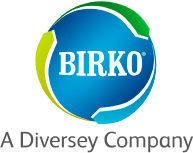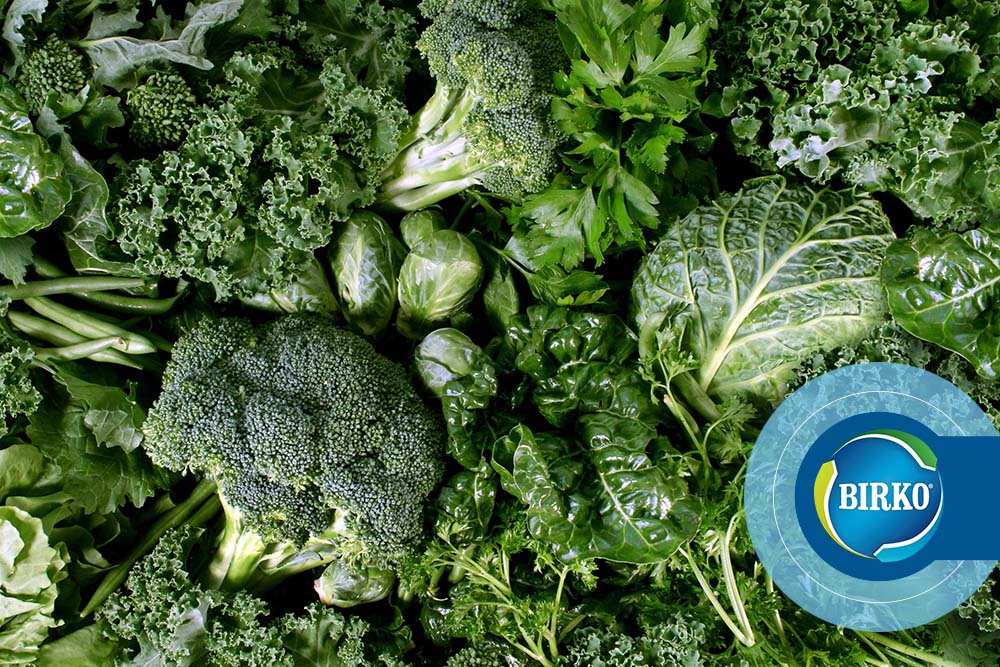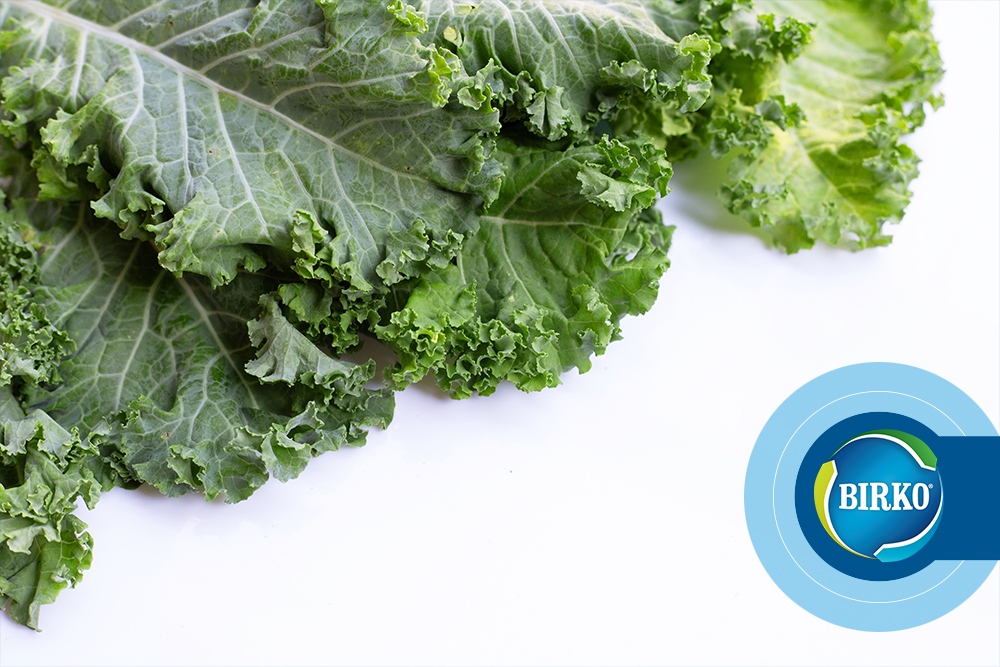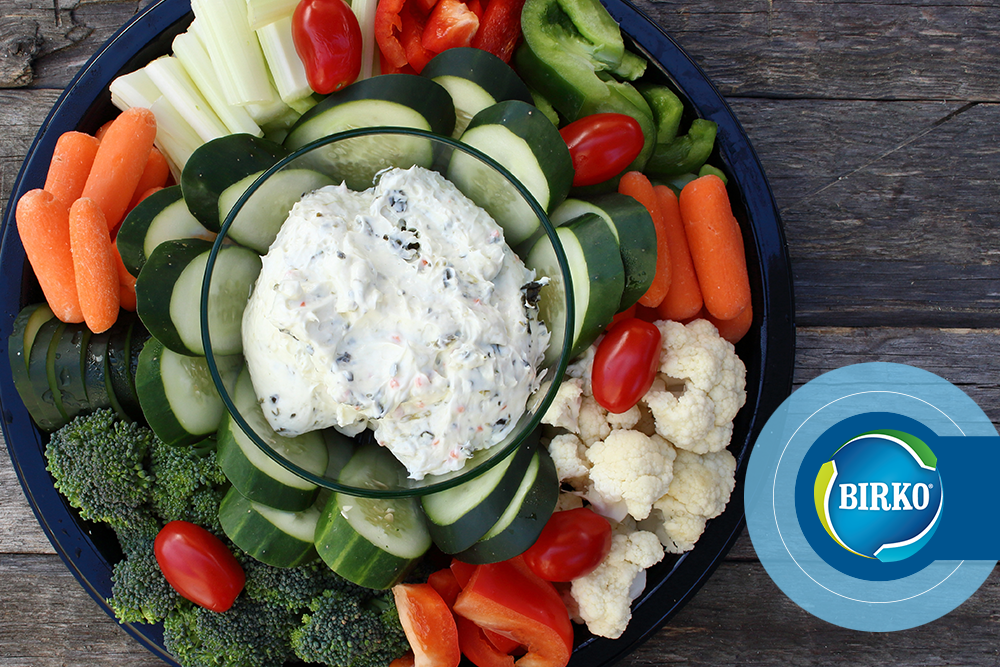From time to time, we receive questions about organic produce and the ways it is processed. Here’s an overview of some common questions.
Q: Is the potential for pathogens lower on organic produce compared to conventional produce?
A: No. When it comes to microbiological food safety, pathogens don’t discriminate between organic and conventional produce. The same pathogens that can occur on conventional produce items can also contaminate organic produce. Organic produce processors are required to comply with the same food safety standards and regulations as processors handling conventional produce items.
Q: How can I make sure the food I buy is safe to eat?
A: That responsibility falls on growers, packers, processors, shippers, retailers and consumers. Everyone who handles fresh produce needs to be aware of and understand the potential food safety risks associated with the items they are handling and take appropriate steps to produce a safe product. This may include the use of sanitizing produce washes, safe handling procedures and proper sanitation products and procedures.
Q: What are sanitizing washes and are these safe to use on organic produce?
A: Sanitizing washes are specialized chemicals used to kill pathogens on produce items. They can be used directly on produce, either in a dip tank or through a spray application. Both conventional and organic processors use sanitizing washes, however organic processors have a more limited range of choices for the products they can use and at what concentration they can be applied. There are a limited number of products that can be used on organic produce. These include organic acids such as lactic and citric acids, which are produced by microbial fermentation; and organic acid blends such as Birko’s Veggiexide™; sodium chlorite solution (acidified with citric acid); and peroxyacetic acid products such as Birkoside MP-2™ and ozone.
Q: What about the facilities that processes organic produce. Do they use anything more, beyond antimicrobial washes?
A: Yes. Organic produce processing facilities still have to becleaned and sanitized, just as non-organic produce plants do. The difference is that only sanitizers suitable for use in organic facilities can be used. As in any food processing environment, all product and packaging materials must be removed from the production environment before any cleaning starts. Cleaning products should be chosen based on the surfaces being cleaned and the types of soil present, and should be followed by a thorough rinse with potable water to remove all chemical residues. Testing the pH of the rinse water as it drains from the surfaces can be an effective indicator that cleaners have been adequately rinsed away. Cleaning must always be followed by application of a suitable and approved no-rinse sanitizer.
Q: I’m concerned about the use of chemicals on the organic food I buy. Is this permissible?
A: Yes. The National Organic Program (NOP) List of Allowed and Prohibited Substances lists four types of chemicals as being suitable for use as no rinse sanitizers: sodium chlorite solution (acidified with citric acid); chlorine materials, including calcium hypochlorite, chlorine dioxide and sodium hypochlorite; ozone; and peroxyacetic acid. Birko’s BIRK-OX™, Bi-Chlor-ite and 10-Chlor™ are all acceptable under these regulations. Other sanitizers such as quats or quaternary ammonium sanitizers, which are commonly used in conventional processing facilities, are not allowed when organic products are being produced.
 Elis Owens, Ph.D., Director, Technical Services, Birko, can be reached at [email protected], 303-289-1090.
Elis Owens, Ph.D., Director, Technical Services, Birko, can be reached at [email protected], 303-289-1090.








